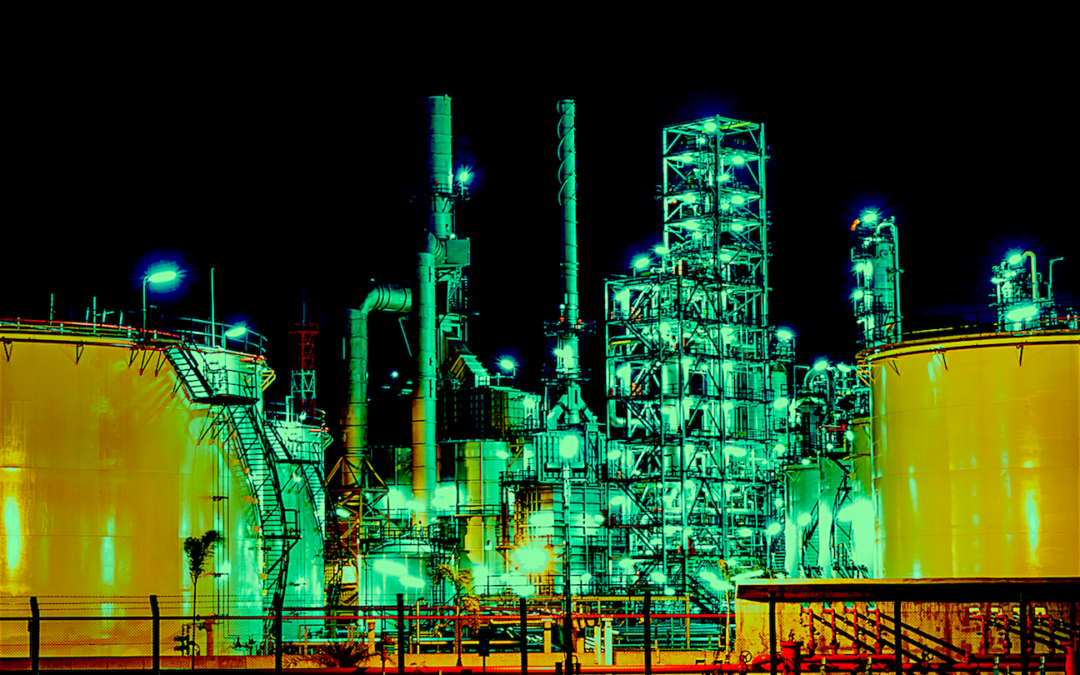The manufacturing, mining and metals, and process industries have always had a tenuous relationship with the subject of environmental sustainability. These industries, by definition, use enormous amounts of natural resources, energy, and water and tend to directly and indirectly produce a great deal of effluent to the atmosphere and hydrosphere. They also produce just about everything that goes into landfills.
The bottom line is that people need the products that these companies produce. However, there’s mounting pressure to conduct business in a more environmentally responsible manner. This pressure took a decidedly more tangible turn in January of this year.
January, 2020, may have marked a turning point in the fight against climate change—and it’s not political pressure that’s doing the driving this time. It’s money. Consider Larry Fisk, CEO of BlackRock Inc., New York, (blackrock.com), who recently announced that environmental sustainability is now a core goal for his company when making investment decisions (see Reference below).
If you’ve never heard of BlackRock, you may stop and say “so what.” Before you do, let me give you some background about the company. BlackRock is an institutional investor—or, to be more precise, the largest institutional investor in the world. As an institutional investor, BlackRock decides what stocks, bonds, commodities, and other investment instruments will be included in your IRAs, 401-Ks, and other investment funds. And the company is big…REALLY BIG.
BlackRock manages a $7-trillion portfolio. (Yes, you read that correctly: “trillion,” with a “t”). To put this in perspective, that’s about the same size as the total market value (Market Cap) of the 30 companies included in the Dow Jones Industrial Average. It’s equal to five times the total of Apple Inc. (AAPL) and about 25 times the Market Cap of Exxon Mobil Corp. (XOM).
Big money talks, and when BlackRock talks, CEOs and CFOs must listen. If the company is true to its word, BlackRock will influence industry on a grand scale. Because they’re the largest, you can expect other big institutional investors, such as Vanguard, State Street Global, and the like., to follow suit. Collectively, these investors represent a massive body of financial resources.
The great news for readers of The RAM Review is that improvements in plant reliability tend to improve energy efficiency and extend the life of your equipment assets, as well as lessen the life-cycle environmental impact of the assets and reduce effluent to air and water. As the Sustainable Manufacturing editor at The RAM Review, I’ll follow the money pertaining to this story and keep you informed about developments that impact asset management. In the meantime, I encourage you to check out the following resources:
- OECD Environmental Manufacturing Toolkit: This is an outstanding guide that addresses several aspects of sustainable manufacturing that was created by Organisation for Economic Cooperation and Development. The guide is very graphical and easy to read. The best part is that it’s a free download at: http://www.oecd.org/innovation/green/toolkit/48704993.pdf
- ASTM E60.13: This is a relatively new subcommittee of the American Society for Testing and Materials (ASTM), an international standards organization. I’m proud to serve as a voting member of this committee. The committee has created several new standards on sustainable manufacturing. They’re excellent, and more are on the way. ASTM has also created a new academic journal called Smart and Sustainable Manufacturing. More details are available through the subcommittee’s website at: https://www.astm.org/COMMIT/SUBCOMMIT/E6013.htm
- ISO 14000, and especially ISO 14040 and ISO 14040: More tangential and targeted for the environmental-sustainability professional, these standards define the process of determining the environmental impact of your plant and to calculate changes in impact from changes in the design and/or operation of the plant.
I am personally passionate about sustainable manufacturing. In future issues of The RAM Review, I’ll discuss each of the above resources (and other relevant resources) in more detail, as well as discuss how these resources can provide benefit to you and your organizations. Additionally, I’ll stay on top of trends in Sustainable Manufacturing, such as the recent BlackRock announcement, to help you understand how you’ll be affected and help you usher in a more sustainable future.TRR
REFERENCE
Sorkin, Andrew Ross, “BlackRock C.E.O. Larry Fink: “Climate Crisis Will Reshape Finance,” published in the The New York Times, Jan. 14, 2020. (https://www.nytimes.com/2020/01/14/business/dealbook/larry-fink-blackrock-climate-change.html?searchResultPosition=1)
ABOUT THE AUTHOR
Drew Troyer has 30 years of experience in the RAM arena. Currently a Principal with T.A. Cook Consultants, he was a Co-founder and former CEO of Noria Corporation. A trusted advisor to a global blue chip client base, this industry veteran has authored or co-authored more than 250 books, chapters, course books, articles, and technical papers and is popular keynote and technical speaker at conferences around the world. Drew is a Certified Reliability Engineer (CRE), Certified Maintenance & Reliability Professional (CMRP), holds B.S. and M.B.A. degrees, and is Master’s degree candidate in Environmental Sustainability at Harvard University. Contact him directly at 512-800-6031 or dtroyer@theramreview.com.
Tags: sustainability, sustainable manufacturing, environmental safety, air pollution, wastewater treatment, climate change



